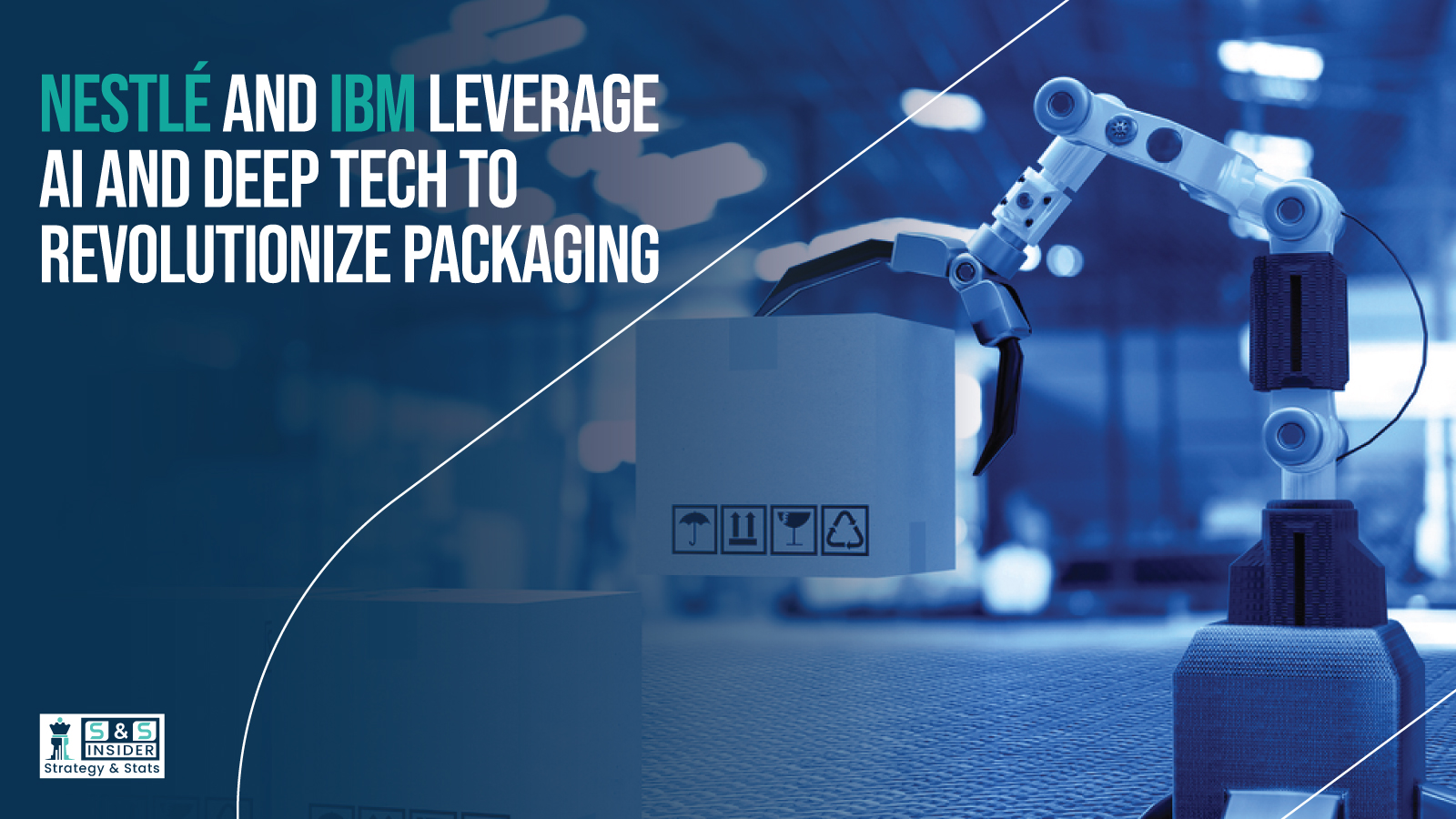
In an era where innovation drives sustainability and operational efficiency, particularly within the food and beverage industry, Nestlé, which is a leading nutrition and wellness company, has partnered with IBM, a leader in artificial intelligence (AI) and advanced technologies. Together, they are reshaping the food packaging future by leveraging AI to create cutting-edge materials that not only enhance food protection but also reduce environmental impact substantially.
Addressing the Need for Sustainable and Effective Packaging
Packaging is vital for keeping food fresh, making it last longer, and making sure it is safe to move and store. But traditional packaging materials, notably plastics, are hazardous for the environment since they don't break down and make pollution worse. The food industry faces the complex task of upholding stringent product protection while shifting towards sustainable and environmentally friendly packaging options. To meet its rigorous sustainability ambitions and consumer expectations, Nestlé realized the necessity to innovate its approach to packaging material development.
Harnessing AI for Accelerated Material Innovation
IBM and Nestlé have also worked together for the purpose of building a generative AI platform, which will help individuals reveal the new packaging materials more quickly. These materials are better at keeping moisture, oxygen, and other harmful elements that could degrade the quality of food out. Making and testing new materials used to take a long time and cost a lot of money. Trial and error were the fundamental way the labs worked.
This AI platform offers a massive library of information, including both public and private data on packaging materials that are already on the market. The chemical language model of IBM has been an advanced AI, which can possibly comprehend the structures and properties of molecules. This information also looks like that it will uncover patterns and links that are too sophisticated for people to see. The AI uses these results to come up with new molecular designs that should improve how well packaging works.
IBM's regression transformer technology goes even further by linking chemical properties to how well a material really works. This enables the AI come up with new chemicals that are the best blend of cost, safety, and being good for the environment.
Benefits for Consumers and the Environment
Customers today want everything to be clear, well-made, and last a long time. Nestlé and IBM are answering these needs by using AI to make packaging smarter. Better packaging is excellent for people globally as it keeps items fresher for longer period, which further makes less rubbish, and is better for the environment.
This technology also promotes the ideals behind a circular economy by encouraging people to use packaging that can be recycled or broken down organically. It also means we don't have to rely on plastics made from fossil fuels as much, which is beneficial for the environment.
Industry Implications and Future Outlook
Stefan Palzer, Nestlé's Chief Technology Officer, said that the AI-driven language model was a major step forward in the company's digital transformation. He stressed how important it is for making long-lasting packaging for all the products of Nestle, starting from drinks to snacks.
According to Alessandro Curioni, Vice President of IBM Research, generative AI is consistently changing how scientific discoveries are made across all fields. AI-enhanced material science has put the packaging sector in a position to move quickly, even though it used to be slow.
Conclusion: Leading the Way to a Smarter and Greener Future
The collaboration between IBM and Nestlé highlights how AI and the other emerging technologies can possibly be beneficial for the food industry to solve tough problems. They are also setting the standards for sustainability and product protection by increasing the speed of the development of new packaging materials.
Source: Food New Magazine